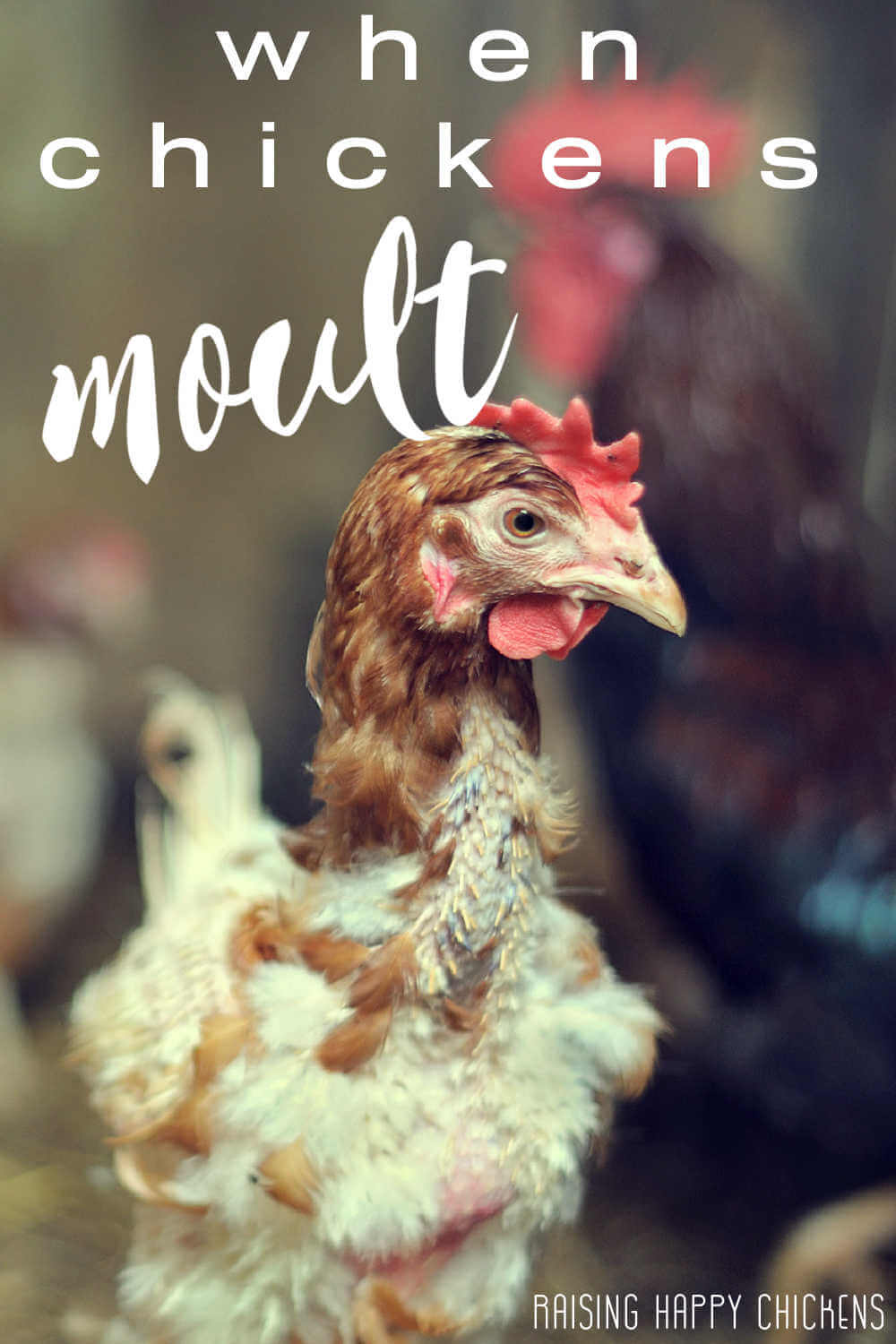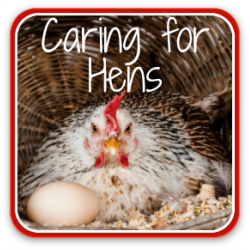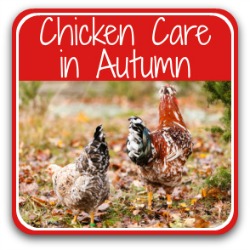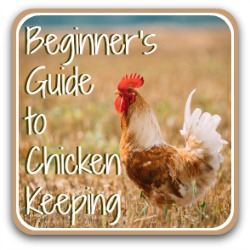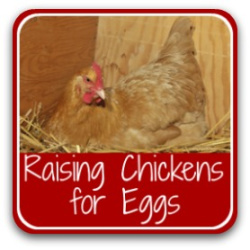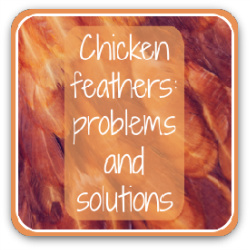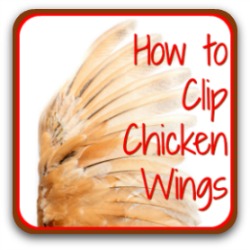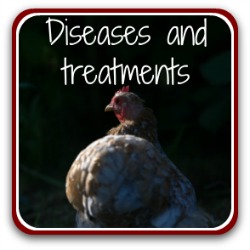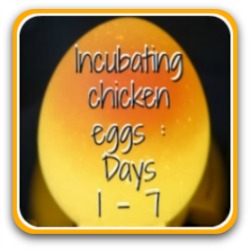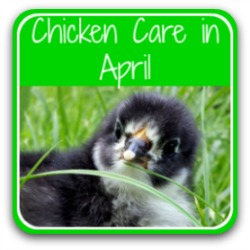Moulting: why it happens and how you can help.
One day your chickens look fit and healthy. Next day their feathers have gone. What's going on?
It's called "the moult" (US molt) - and it's nothing to worry about.
What is moulting and what happens?
If you have dogs, you'll know all about moulting. It's very much the same with chickens: it happens when the chicken's old feathers are shed, and new plumage grows.
It's an entirely natural process which applies to both males and females, and it normally happens once a year, as summer fades into autumn.
When the days start getting shorter and weather starts cooling down, it's a sign to our flock: out with the old, in with the new! Hormones are triggered and the moult begins.
The bird will start to lose feathers at the head, then down its back, sides and thighs and finally, tail feathers are shed. It can be a sorry sight, and new chicken owners can be pretty fazed by it.
But it's seriously nothing to worry about, and there are things we can do to help.
How to tell when a chicken's about to start moulting.
When a chicken is about to start moulting, you may notice that plumage looks very dull and dry. You're also likely to see...
- Your garden starts to look like a feather pillow has been burst over it
- Random bald spots may begin appearing on your chickens and the comb and wattles look dull
- Fluffy down begins to appear as the main feathers fall out
- Egg production starts to reduce
- The bird may become a bit moody (wouldn't you?!).
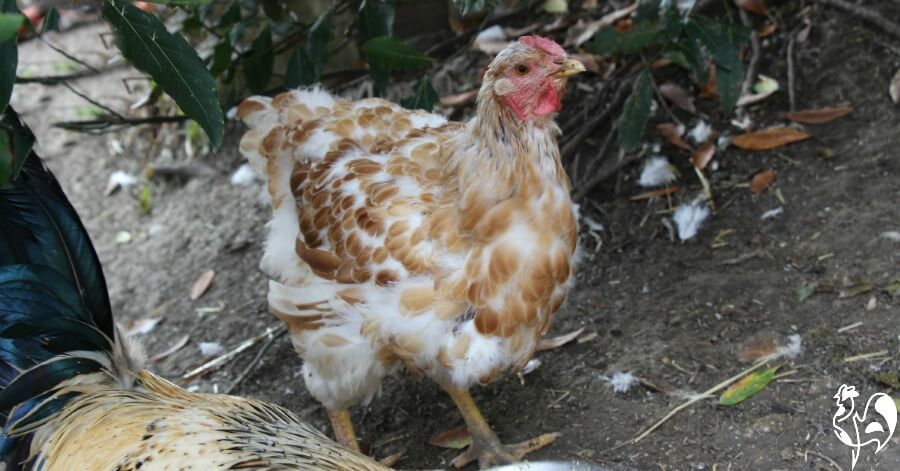 When you see a hen starting to look as dishevelled as my Miss Daisy Wyandotte does here, you know the moult has begun!
When you see a hen starting to look as dishevelled as my Miss Daisy Wyandotte does here, you know the moult has begun!Hard, soft and forced moulting.
You may hear these terms bandied around the web. A backyard chicken may have either a hard or soft moult.
A Hard moult is when the hen (or rooster - it can happen to either) looks seriously unwell. She will lose almost all her feathers very quickly, so she'll look almost bald, and have large areas of skin visible.
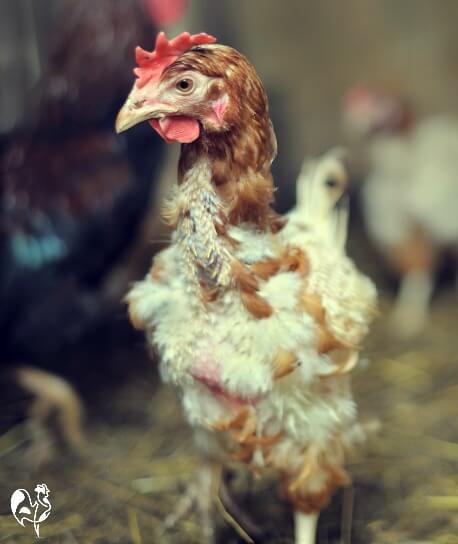
A soft moult is when the chickens don't lose very much plumage at all. They'll look a bit ragged, and the tail will probably be missing, but they won't look anything like as bad as a chicken going through a hard moult.
A forced moult is illegal in the European Union, but sadly is still very common in commercial egg factory farms in the US(1).
It involves forcing the hens to moult by stressing their bodies. Food is withheld for between 7 and 14 days. Sometimes, water is also witheld. The hens all go into moult at the same time.
Although their egg-laying stops during the moult, the theory is that giving their reproductive system a rest for a couple of weeks, hens will keep laying for longer than the usual 12 months allowed in commercial production.
Systematic starvation of chickens is inhumane, and many birds die during forced moult because their immune system is depleted. That can make them - and their eggs - susceptible to salmonella.
Why does the moult happen?
Renewing plumage.
You'll have heard of a dog moulting to grow its winter coat; it's very much the same for chickens. During the course of a year, the plumage becomes dull and shabby. Feathers break, and although this doesn't much matter in the summer months, by the time winter arrives the feathers aren't able to insulate the chicken properly from the cold weather.
Moulting is a natural process that allows those old feathers to be shed and a new coat to be grown. It also allows time for their reproductive organs to rest.
You won't necessarily notice, but once a chicken has moulted and grown her new coat you'll see a big difference. The new coat will be glossy and perfectly formed, covering the skin and protecting from wind, rain and frost.
Other reasons chickens lose feathers.
If you have a rooster, you may well also see hens lose plumage if they are "well used". Feathers are pulled off by the male digging his claws and spurs into the hen, and hanging onto her back with his beak.
Don't mistake this for moulting.
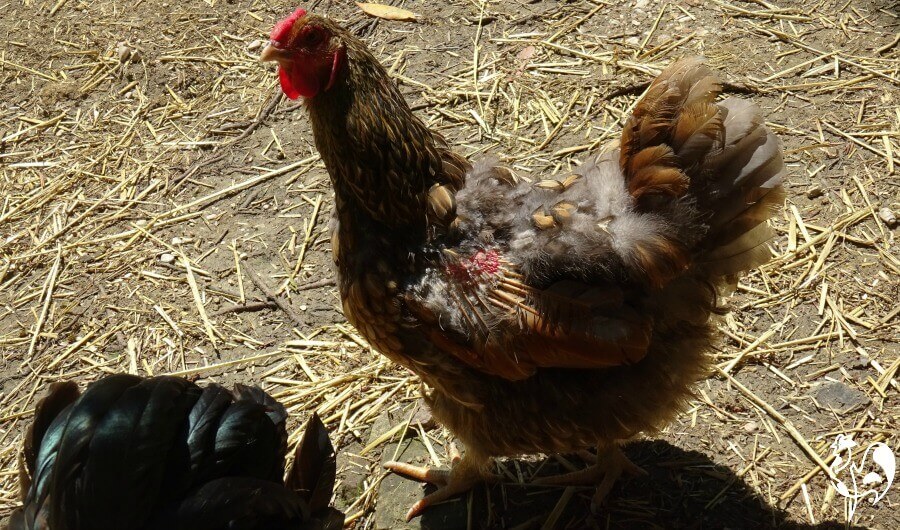 Don't mistake this for a moult. Note the blood - a moult would not do this. This has been caused by an over-zealous rooster.
Don't mistake this for a moult. Note the blood - a moult would not do this. This has been caused by an over-zealous rooster.A chicken may also moult when they're stressed, but won't usually lose all her feathers - you're more likely to see bald patches.
And finally, a broody hen may moult once her chicks are independent and she's settling back into her egg-laying cycle.
See my article about seven reasons chickens can lose feathers.
At what age and how often do chickens moult?
- Chicks will lose their downy covering as they gain their feathers. That's just a part of growing up, and it's not a moult in the strict sense of the word.
- Adult chickens will vary in terms of when they first moult. Chickens hatched that year will tend not to moult until the following autumn (fall). Generally speaking, it will happen when they're somewhere between fifteen and eighteen months old - but it may be sooner than that, and it may be later.
- Typically, it will happen in the late summer or early autumn - September is the time I tend to see my flock starting the moult. But again, it can vary by several weeks.
How long does moulting take?
- Chickens are not machines. They don't all moult at the same time. Each bird will have a slightly different starting and ending time, so if you have a fairly large flock, the process as a whole can take up to three months.
- It will also depend on the breed and the age of the chickens. Chickens bred as egg-layers, like the Red Star or the Leghorn (Livorno), tend to be quite fast in their moult whereas pure breeds like the Wyandotte take longer.
- Older chickens will take longer than younger ones to moult.
- So don't worry if some of your hens get through a moult in three weeks and others take twice as long.
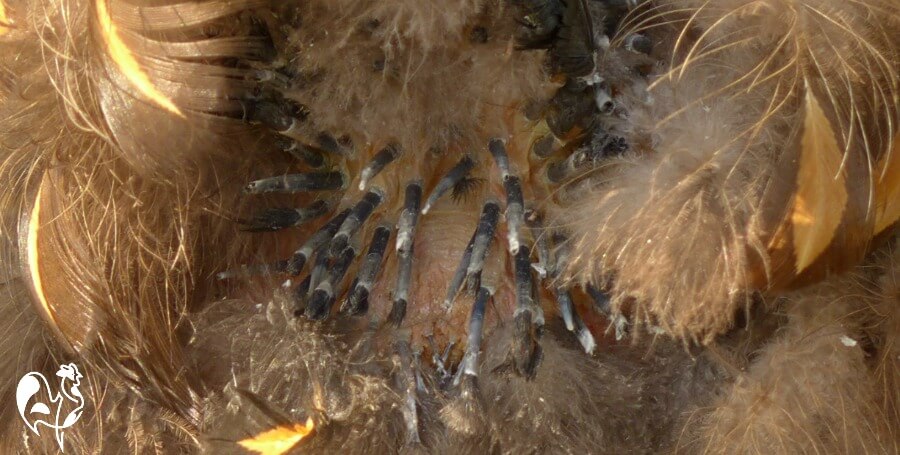 "Pin" feathers - the start of new growth on one of my Wyandotte's tail plumage.
"Pin" feathers - the start of new growth on one of my Wyandotte's tail plumage.Is moulting painful for the chicken?
Losing their plumage is not painful. Feathers fall out exactly like a human's hair does.
Re-growth in its early stages, though, can be painful and it's best to handle your chickens as little as possible during this time. If you need to handle them, do it very gently.
The reason? "Pin feathers", also sometimes called "blood feathers", are the start of feathers growing again. Your chicken will begin to look a bit like a porcupine as these small quills emerge.
This is a photo of one of my Wyandotte hens as she began growing back her feathering. See how the short "pin" or "blood" feathers are dark?
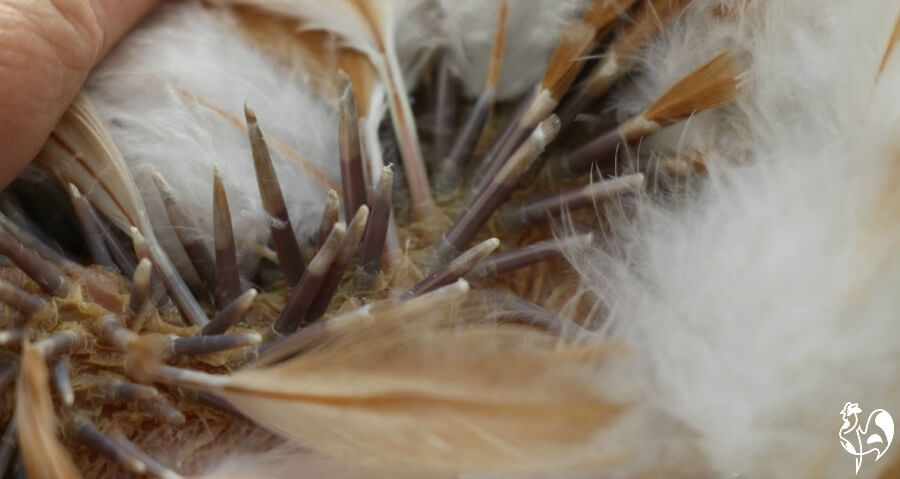 Pin feathers starting to grow on one of my hens - they're dark because they're full of blood.
Pin feathers starting to grow on one of my hens - they're dark because they're full of blood.That's because, at this stage, they're full of blood and although feathers themselves don't have nerves, the point at which the feathers emerge do(2). So touching or putting pressure on the quills, hurts.
And they'll stay at this stage for about 5 days before the quill begins to flake off and the feather grows.
How to cope if a chicken bleeds during the moult.
If they're handled roughly, or if the pin feathers are pecked or damaged in any way, the chicken will bleed - and they can bleed quite profusely.
If you see a chicken with bloodied feathering or skin - during the moult or not - you'll need to deal with it immediately. Chickens are ruthless. They're attracted by the colour red, and they'll peck at blood on other members of the flock, sometimes literally to the death.
Check your chicken over for damage. If it's damage to one or two pin feathers, use a cleanser such as Vetericyn first...
...and then cover the wound with Blue-Kote, which disguises the colour red. That reduces the chances that the chicken will continue to be pecked.
But make sure you keep checking, just in case. And if the pecking worsens or the damage is more extensive, remove the chicken into isolation until she's healed completely. For a detailed explanation of how and when to isolate, see this page.
Wings - do they need attention after the moult?
If your chicken has a fondness for flying, and you've had to clip her wings to prevent her flying into danger, you need to give this attention after the moult.
Wing feathers, like all other plumage, falls off when a chicken moults, and the wings then grow back to their normal length.
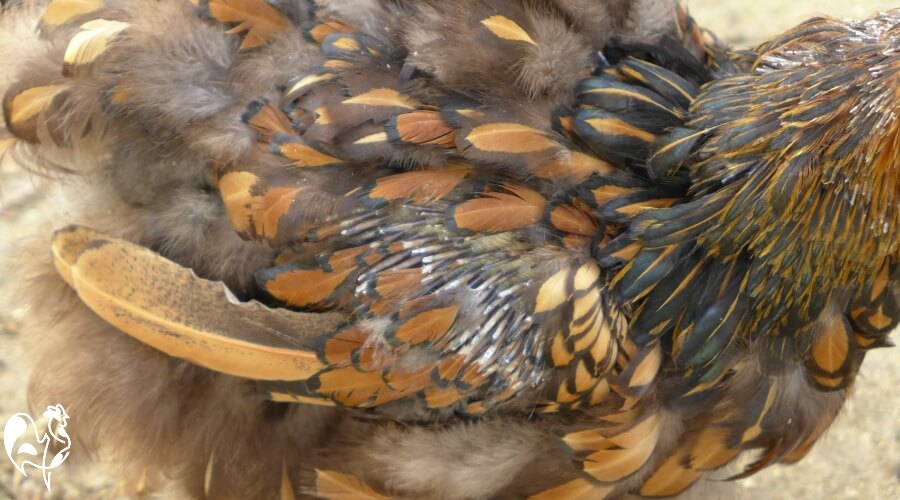 If your chicken likes flying, wing feathers will need clipping again when they've grown back after the moult.
If your chicken likes flying, wing feathers will need clipping again when they've grown back after the moult.So you need to assess the situation: is this a chicken who is likely to continue to fly into danger?
If so, you will need to clip her wings again. Be very careful not to clip while the pin feathers are still growing, though - they're full of blood and you'll cause pain. Feathers which are fully grown will be either white, or clear. Don't do it when they're dark.
Find out how to do clip wings without harming your chickens, here.
Do chickens lay eggs when they moult?
The short answer is "no". At best, egg-laying will slow down - my Red Stars sometimes carry on laying occasionally during the moult - but for most hens it will stop altogether.
Chicken feathers are made up of the protein Keratin at around 90% protein(3, 4). Protein makes up about 13% of an egg.
In order to make a whole covering of feathers, chickens must keep all the protein they can get to prioritise their new plumage.
So the protein their bodies extract from food is diverted from egg-laying to feather-growing - and so they stop laying eggs.
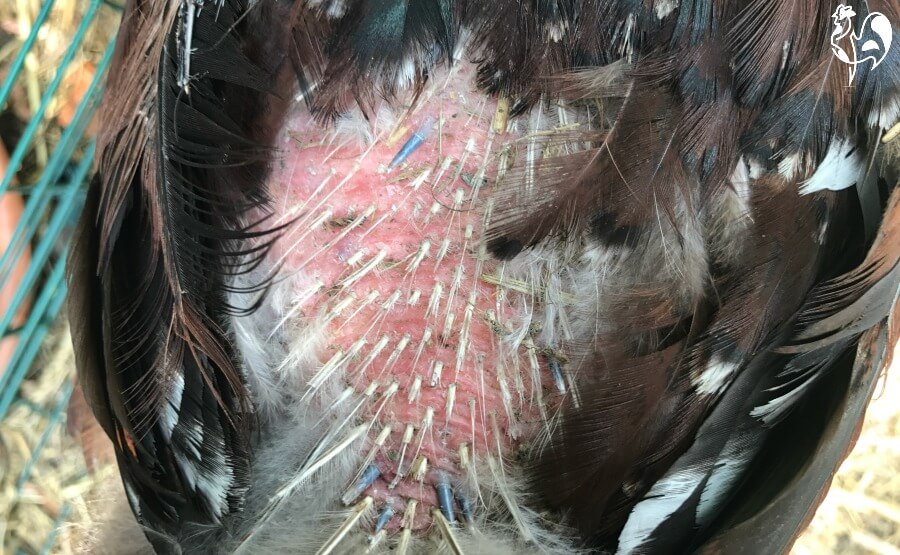 Here you can see the new feather growth starting to sprout from the pin quills.
Here you can see the new feather growth starting to sprout from the pin quills.What to feed moulting chickens?
Given the information in the preceding section, it's probably fairly obvious that what chickens need when they're moulting is extra protein.
Chickens are more astute than a lot of people give them credit for - they known instinctively what they need, and how to get it. So if your flock doesn't get enough protein during the moult, there's a danger that they'll start pecking at what's left of each other's feathers instead.
But it needs to be the right sort of protein. Many high protein foods are also high in fat, and it's known that too much can lead to Sudden Chicken Death Syndrome.
So don't overdo it. High protein treats should constitute no more than 10% of the flock's daily food, and it should be given when the moult begins, and stop no more than two weeks after.
What kind of protein-rich foods should moulting chickens be given?
It's possible to buy a commercially-made high-protein food like this one...
which also has additional vitamins and minerals.
Less expensive sources of protein include...
- sunflower seeds (especially if you grow them yourself!)
- mealworms
- fish (this page includes my own easy, inexpensive fish treat for chickens)
- my protein platter recipe, made from items you're likely to have in stock
- and try sprouting your own seeds for an excellent, ridiculously cheap, high protein treat your kids will love to help you make!
For more high protein foods that are actually good for your flock, see this article.
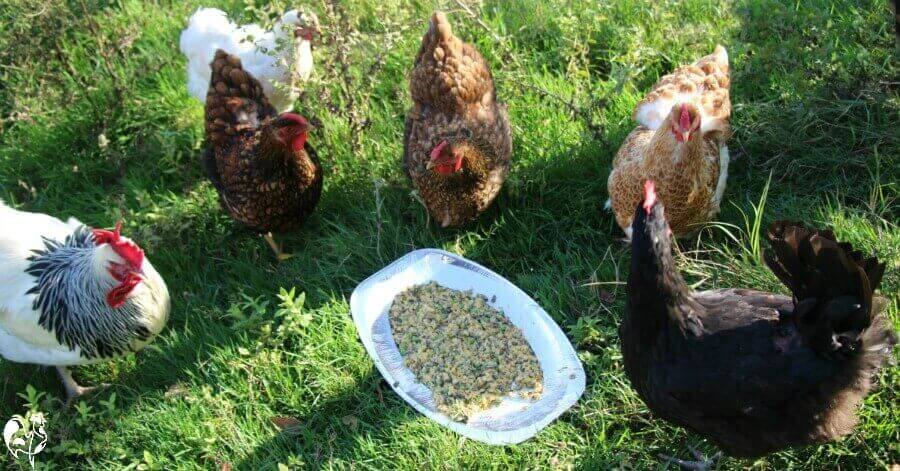 My high protein recipe always goes down well with my flock at times of stress.
My high protein recipe always goes down well with my flock at times of stress.Don't forget water!
Obviously, your chickens will need water during the moult, and it's a good idea to add some Apple Cider Vinegar (ACV) at the rate of 20 mls to one litre (about one tablespoon to a gallon) of water.
It's full of vitamins and minerals, and also acts as a very mild anti-bacterial agent.(5)
It must be raw, unpasteurised ACV though, and include the "mother" - vinegar which is not will actually kill the helpful bacteria.
There are several good brands out there, and it will be cheaper at your local feed store than online. This is the brand I use...
...and it's never let me down.
Don't use it in metal waterers, though - it will erode the metal.
How else can we help our chickens get through moulting?
- Don't worry if your flock looks unhappy and bedraggled - moulting is perfectly natural, and they'll perk up once it's finished.
- I referred to this earlier, but it bears repeating: try not to handle your chickens during moulting. It can be painful and increase their stress.
- Try also to avoid other stressful situations (one is enough at any one time, for chickens!) such as introducing new birds to the flock, or moving them to a new coop. Adding other stressors will simply slow down the feathering process - or make your flock unwell as they try to deal with too many stressors at once.
- Keep an eye on hens who are often lower in the pecking order, to make sure that they're not being pecked and bullied by others at this vulnerable time.
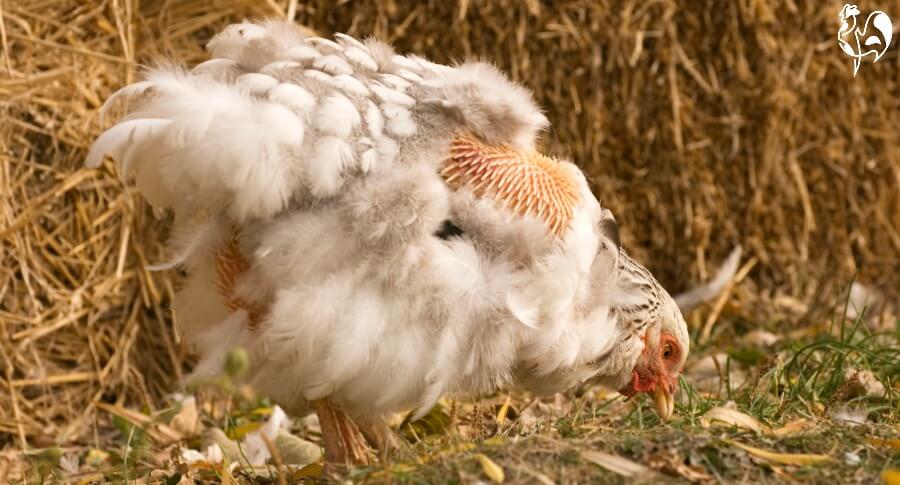 Don't worry - your chickens will soon lose their bedraggled look and get their beautiful plumage back!
Don't worry - your chickens will soon lose their bedraggled look and get their beautiful plumage back!- Also watch for any other signs of illness - moulting is a time when a chicken's immune system can be depleted as all their energy goes into making feathers. Apple cider vinegar will help with this.
- Don't add extra light to the coop, hoping to boost egg production, while your chickens are going through the moult. Forcing them to lay will deplete their systems to a dangerous degree.
- And finally, do not put your chickens in sweaters! Seriously - it will hurt them! They don't need it - they need their pin feathers to be able to grow without obstruction.
If you found this article helpful, you may find these useful, too.
Sources.
A lot of "facts" you'll find on the internet are often people's individual views, based on inaccurate information repeated from poor quality sources.
The information I provide in this article and others is based not just on my own experience, but on evidenced facts from scientific, peer-reviewed research and books from highly respected and experienced poultry keepers such as Gail Damerow.
Some of the trusted sources I have used in this article are these.
1. McCowan B, et al: Effects of Induced molting on the well-being of egg-laying hens. Pub. Journal of Applied Animal Welfare Science, 2006.
2. Nasir Rajput et al: Comparative Study on the Pre-molting Performance of Different Strains of White Leghorn Layers. Pub. Poultry Industry, 2017.
3. Mingke, Y, et al: The developmental biology of feather follicles. Pub. Department of Pathology, Cell and Neurobiology, University of Southern California.
4. Gupta, A, et al: "Extraction of Keratin Protein from Chicken Feathers". Pub. Faculty of Chemical and Natural Resources Engineering, University of Malaysia.
5. Hayajneh, F, et al: Anticoccidial Effect of Apple Cider Vinegar on Broiler Chicken: An Organic Treatment to Measure Anti-oxidant Effect. Pub Polish Journal of Veterinary Sciences, 2018.
